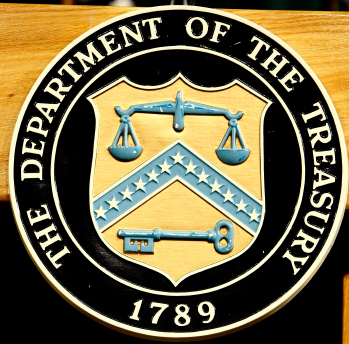
Anyone filing an “FBAR” (Report of Foreign Bank and Financial Accounts – FinCEN Form 114) or IRS Form 8938 (Statement of Foreign Financial Assets) for calendar year 2014 will be pleased to know that the official exchange rates for 2014 have been published. As U.S. law states that no other exchange rate is permitted, it is really helpful to have these exchange rates available so early in January.
Exchange rates for other currencies can be found by clicking here.
The rates for the major foreign currencies are listed below:
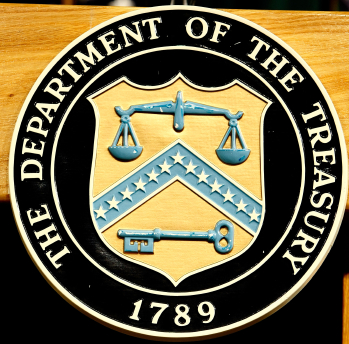

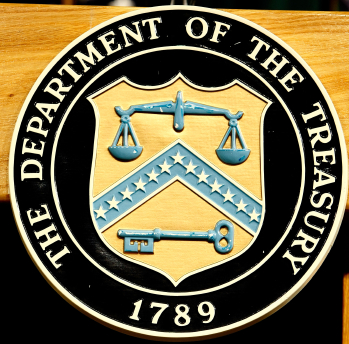
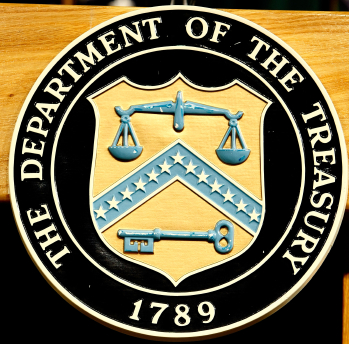
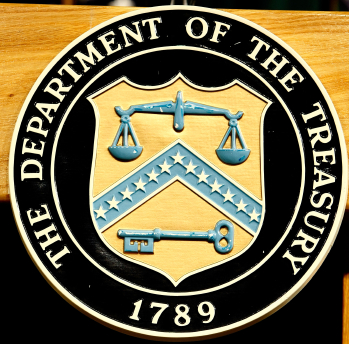
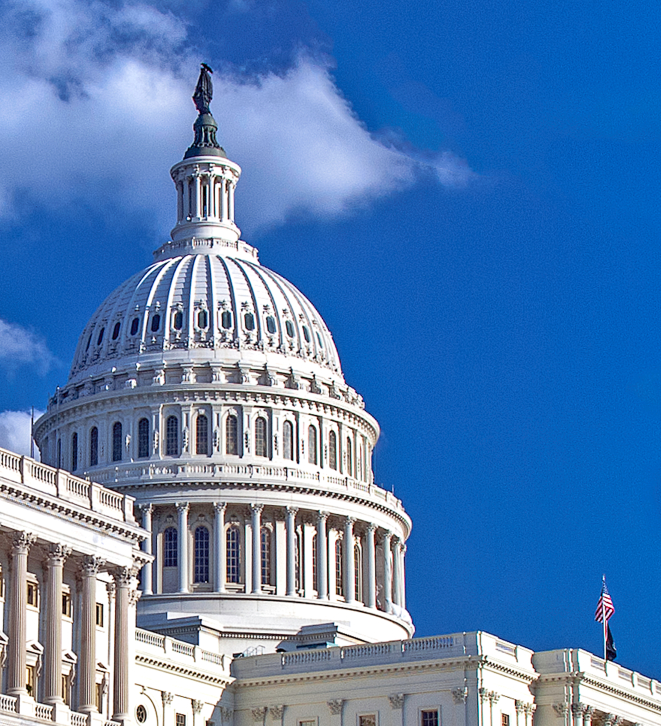


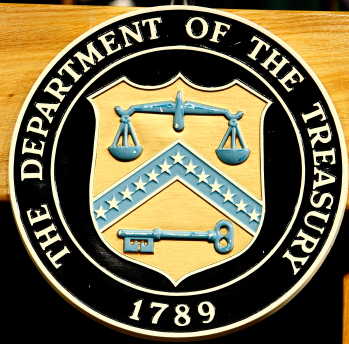




















Recent Comments